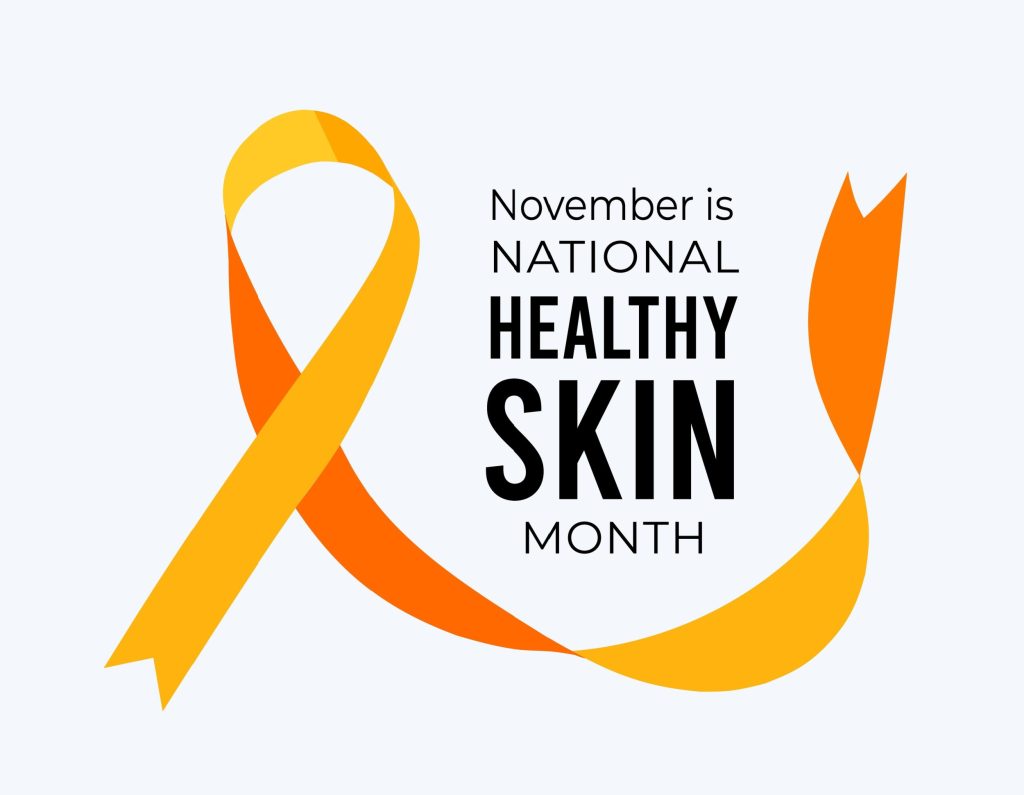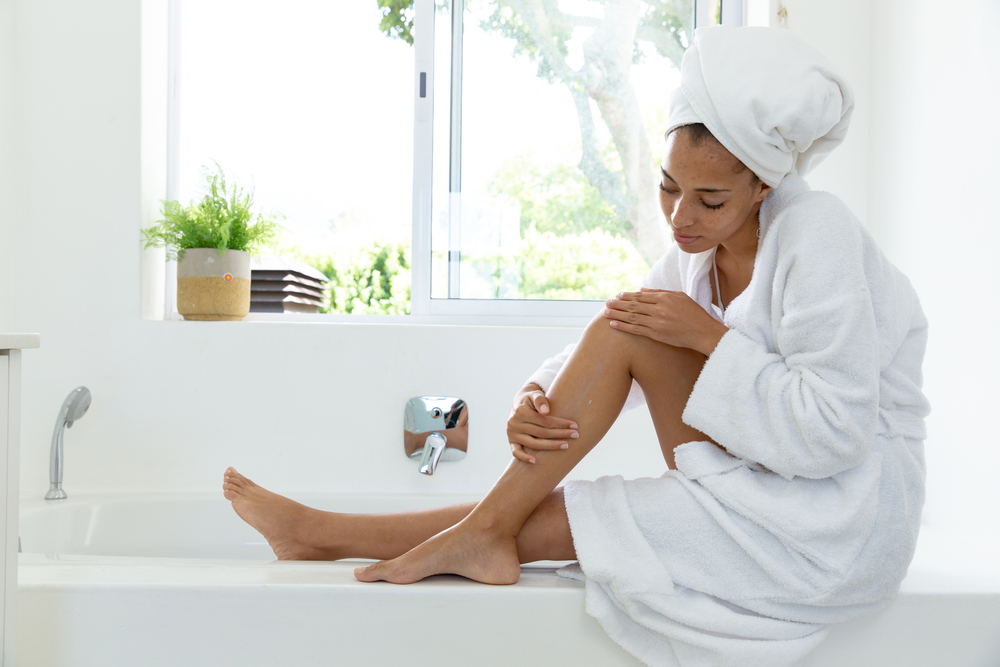
We all know that sunburns are unsafe to our skin. They damage DNA in our skin cells, break down collagen and elastin in our skin, cause skin inflammation and immune suppression, and can lead to skin cancer. In fact, according to the Skin Cancer Foundation, having five or more sunburns in your lifetime doubles your risk for melanoma. While so many of us are aware of the implications of sunburns, sometimes we still get burned. Whether it’s forgetting to reapply sunscreen, or we simply were exposed to the sun for too long, sunburns can happen even with the best of intentions to keep your skin safe from the sun.
So, what exactly happens to your skin when you get a sunburn, and what can you do to help your skin recover? Keep reading to learn more from the experts at Florida Dermatology and Skin Cancer Centers.
Sunburned Skin: What Happens
When your skin gets sunburned, it experiences damage from ultraviolet (UV) radiation, mainly UVB rays from the sun. These rays penetrate the outer layers of your skin and damage the DNA inside skin cells. Your body sees this as an injury and responds with inflammation. The response includes redness, swelling, and heat. The redness is caused by widened blood vessels, while the warmth and discomfort come directly from the body’s inflammatory response kicking in to deal with the damage.
Peeling Skin After Sunburn
As your skin reacts to this UV injury, it starts the healing process. Your immune system sends special cells to the damaged area to remove and replace the injured skin cells. That’s why, a few days after the burn, your skin may start to peel. This is the shedding of those damaged cells to make way for healthy new ones. In more severe burns, blistering can occur as fluid builds up to protect deeper tissues.
When you experience peeling, it can often be uncomfortable. To help relieve the pain and discomfort, you can take cold baths, take pain medications like ibuprofen, drink lots of water, and moisturize the affected areas with aloe-vera or a soy-based product. You’ll want to avoid petroleum or oil-based creams and moisturizers, as these can trap heat in and make the sunburn worse.
When your skin starts peeling after sunburn, it might be tempting to speed things along by exfoliating or peeling it off, but that can actually do more harm than good. Instead, let the skin shed naturally. Remember, peeling is your body’s way of removing damaged cells, and forcing the process can lead to irritation, delayed healing, or even infection. For most mild to moderate burns, this peeling phase will resolve on its own in about a week.
Protection During Healing
While your skin is healing, it’s important to protect it from further sun exposure. After a burn, your skin becomes more vulnerable to UV damage, so covering up is key. Opt for lightweight, protective clothing, stay in the shade as much as possible, and avoid going out during peak sun hours (typically 10 a.m. to 4 p.m.). This gives your skin the best chance to recover without additional stress.
And of course, the most effective treatment is prevention. Using a broad-spectrum sunscreen with SPF 30 or higher (or an SPF of 50 or higher if you plan to spend the day outdoors), reapplying it regularly, and practicing sun-safe behaviors can significantly reduce your risk of burns and long-term damage.
The Outlook on Your Skin
Long-term, repeated sunburns can lead to premature aging and increase your risk of skin cancer. This happens because if some of the DNA damage isn’t properly repaired, it can cause mutations in the cells that may eventually turn cancerous. That’s why it’s so important to take precautions while in the sun, like wearing sunscreen and protective clothing, and seeking shade. Your body does its best to heal, but it can only take so much.
Although it may be impossible to completely prevent a sunburn in your lifetime, you can take measures to protect your skin and your health to the best of your ability. At Florida Dermatology and Skin Cancer Centers, we recommend scheduling an annual skin exam with a dermatologist. We also believe regular self-skin exams are important to rule out any suspicious changes your skin might be experiencing real-time.
Our dermatology team is here to help you catch early signs of sun damage, monitor moles or changes in your skin, and guide you on the best products and protection strategies for your skin type.
About Us
FLDSCC’s team of providers are experts in diagnosing and treating skin cancers; skin conditions and diseases such as eczema, rosacea, dry skin, rashes, and warts; and chronic skin diseases and infections, while simultaneously tackling aging skin, wound care, and a multitude of other skin, hair, and nail concerns.
Several FLDSCC providers are fellowship-trained in Mohs micrographic surgery, an effective state-of-the-art treatment for most types of skin cancers. Mohs surgery involves minimal discomfort and encourages the greatest preservation of healthy tissue, which means less risk of scarring and superior cosmetic results.
FLDSCC has many convenient locations throughout the state. For more information, visit www.fldscc.com, or call (855) FLD-SKIN.


